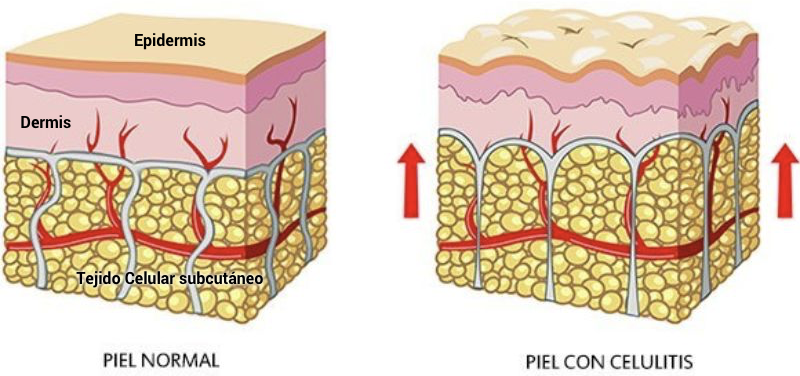We want to share with you the 1st part of an exclusive article for Proyar Laboratory, written by Dr. Jorge Alonso, MD, MN 67,640, Director of the Phytomedicine Postgraduate Program at U.B.A., and President of the Latin American Society of Phytomedicine.
Cellulite (Part 1)
Definition
Cellulite is an alteration of the architecture of subcutaneous cellular tissue, which is accompanied by changes in microcirculation and in connective tissue, adding to this alterations of fatty tissue, all of which ends up affecting the normal texture of the skin. It is not a typical inflammation, as the word suggested, but an alteration of subcutaneous cellular tissue. It was first described in 1920 and since then it has been given different denominations such as nodular liposclerosis, edematous-fibrosclerotic panniculopathy, panniculosis or lipodystrophy, among others.
How does it begin?
The onset of the process is very subtle, being discovered by small alterations of the dermis (layer of skin immediately below the epidermis or upper layer) and of the superficial capillaries, which over time dilate and increase their permeability, thus generating fluid retention in the area and transudation of proteins (especially fibrin and globulins). This also brings consequences in the texture of adipose tissue, by which adipocytes (yellow fat cells) group together in islets thus compressing vessels and nerves of the subcutaneous connective tissue. From this, the drainage capacity of lymphatic tissue is exceeded, generating accumulation of waste substances and toxins, generally not recognizable by the organism.

Continued in second installment.